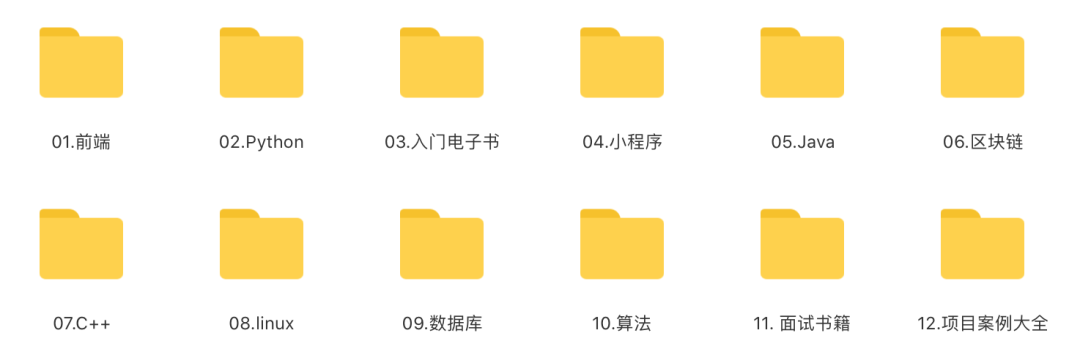Class.forName 和 ClassLoader 到底有啥区别?

作者 | 纪莫
前言
最近在面试过程中有被问到,在Java反射中Class.forName()加载类和使用ClassLoader加载类的区别。当时没有想出来后来自己研究了一下就写下来记录一下。
解释
在java中Class.forName()和ClassLoader都可以对类进行加载。ClassLoader就是遵循双亲委派模型最终调用启动类加载器的类加载器,实现的功能是“通过一个类的全限定名来获取描述此类的二进制字节流”,获取到二进制流后放到JVM中。Class.forName()方法实际上也是调用的ClassLoader来实现的。
Class.forName(String className);这个方法的源码是
@CallerSensitive
public static Class forName(String className)
throws ClassNotFoundException {
Class caller = Reflection.getCallerClass();
return forName0(className, true, ClassLoader.getClassLoader(caller), caller);
}
最后调用的方法是forName0这个方法,在这个forName0方法中的第二个参数被默认设置为了true,这个参数代表是否对加载的类进行初始化,设置为true时会类进行初始化,代表会执行类中的静态代码块,以及对静态变量的赋值等操作。
也可以调用Class.forName(String name, boolean initialize,ClassLoader loader)方法来手动选择在加载类的时候是否要对类进行初始化。Class.forName(String name, boolean initialize,ClassLoader loader)的源码如下:
/* @param name fully qualified name of the desired class
* @param initialize if {@code true} the class will be initialized.
* See Section 12.4 of The Java Language Specification.
* @param loader class loader from which the class must be loaded
* @return class object representing the desired class
*
* @exception LinkageError if the linkage fails
* @exception ExceptionInInitializerError if the initialization provoked
* by this method fails
* @exception ClassNotFoundException if the class cannot be located by
* the specified class loader
*
* @see java.lang.Class#forName(String)
* @see java.lang.ClassLoader
* @since 1.2 */
@CallerSensitive
public static Class forName(String name, boolean initialize,
ClassLoader loader)
throws ClassNotFoundException
{
Class caller = null;
SecurityManager sm = System.getSecurityManager();
if (sm != null) {
// Reflective call to get caller class is only needed if a security manager
// is present. Avoid the overhead of making this call otherwise.
caller = Reflection.getCallerClass();
if (sun.misc.VM.isSystemDomainLoader(loader)) {
ClassLoader ccl = ClassLoader.getClassLoader(caller);
if (!sun.misc.VM.isSystemDomainLoader(ccl)) {
sm.checkPermission(
SecurityConstants.GET\_CLASSLOADER\_PERMISSION);
}
}
}
return forName0(name, initialize, loader, caller);
}
源码中的注释只摘取了一部分,其中对参数initialize的描述是:if {@code true} the class will be initialized.意思就是说:如果参数为true,则加载的类将会被初始化。
举例
下面还是举例来说明结果吧:
一个含有静态代码块、静态变量、赋值给静态变量的静态方法的类
public class ClassForName {
//静态代码块
static {
System.out.println("执行了静态代码块");
}
//静态变量
private static String staticFiled = staticMethod();
//赋值静态变量的静态方法
public static String staticMethod(){
System.out.println("执行了静态方法");
return "给静态字段赋值了";
}
}
使用Class.forName()的测试方法:
@Test
public void test45(){
try {
ClassLoader.getSystemClassLoader().loadClass("com.eurekaclient2.client2.ClassForName");
System.out.println("#########-------------结束符------------##########");
} catch (ClassNotFoundException e) {
e.printStackTrace();
}
}
运行结果:
执行了静态代码块执行了静态方法#########-------------结束符------------##########
使用ClassLoader的测试方法:
@Test
public void test45(){
try {
ClassLoader.getSystemClassLoader().loadClass("com.eurekaclient2.client2.ClassForName");
System.out.println("#########-------------结束符------------##########");
} catch (ClassNotFoundException e) {
e.printStackTrace();
}
}
运行结果:
#########-------------结束符------------##########
根据运行结果得出Class.forName加载类时将类进了初始化,而ClassLoader的loadClass并没有对类进行初始化,只是把类加载到了虚拟机中。
应用场景
在我们熟悉的Spring框架中的IOC的实现就是使用的ClassLoader。
而在我们使用JDBC时通常是使用Class.forName()方法来加载数据库连接驱动。这是因为在JDBC规范中明确要求Driver(数据库驱动)类必须向DriverManager注册自己。
以MySQL的驱动为例解释:
public class Driver extends NonRegisteringDriver implements java.sql.Driver {
// ~ Static fields/initializers
// ---------------------------------------------
//
// Register ourselves with the DriverManager
//
static {
try {
java.sql.DriverManager.registerDriver(new Driver());
} catch (SQLException E) {
throw new RuntimeException("Can't register driver!");
}
}
// ~ Constructors
// -----------------------------------------------------------
/**
* Construct a new driver and register it with DriverManager
*
* @throws SQLException
* if a database error occurs.
*/
public Driver() throws SQLException {
// Required for Class.forName().newInstance() }
}
我们看到Driver注册到DriverManager中的操作写在了静态代码块中,这就是为什么在写JDBC时使用Class.forName()的原因了。关注微信公众号:Java技术栈,在后台回复:java,可以获取我整理的 N 篇最新 Java 教程,都是干货。
好了,今天就写到这了,最近在面试,遇到了很多问题,也学习了不少,虽然很累,但是也让人成长了不少,毕竟面试就是一个脱皮的过程,会遇到各种企业各种面试官各种问题,各种场景。
给自己加油吧,找一个最少能让自己干个几年的公司,别总是让我遇到工作了没多久公司就垮掉的这种就行了。要不我也很无奈啊。
等找到工作后,会总结自己面经的。
- 推荐阅读 -
下方二维码关注我

互联网草根,坚持分享技术、创业、产品等心得和总结~

点击“阅读原文”,领取 2020 年最新免费技术资料大全
